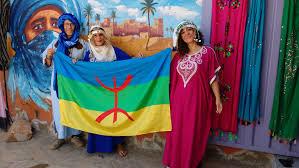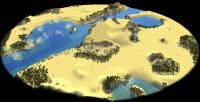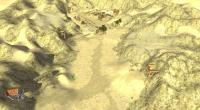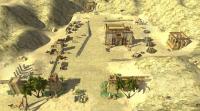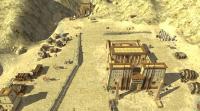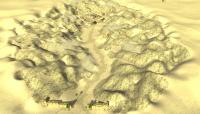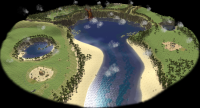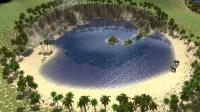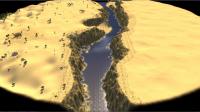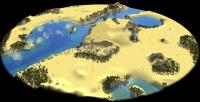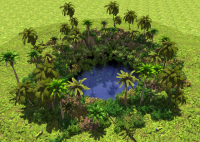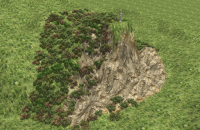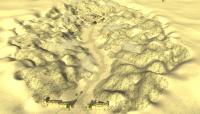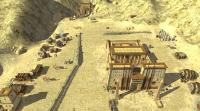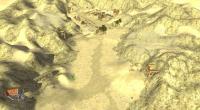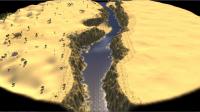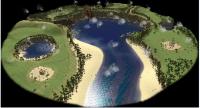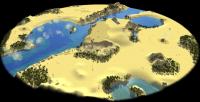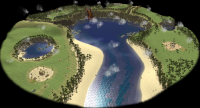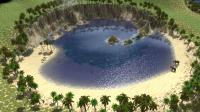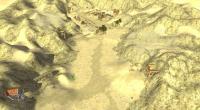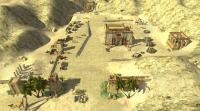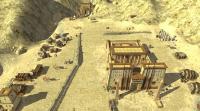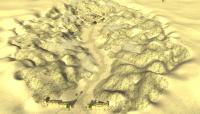Search the Community
Showing results for tags 'desert'.
-
I'm opening this topic for two reasons. Firstly as an example of how a new civilization/faction is made from its concept. The second point is the facet of the title to be dealt with, we who are outside the internal forum of the team assume that there must be in private, forgotten somewhere, the topic of the Numidian faction. ------------------------------------------------------- Numidia, under the Roman Republic and Empire, a part of Africa north of the Sahara, the boundaries of which at times corresponded roughly to those of modern western Tunisia and eastern Algeria. Its earliest inhabitants were divided into tribes and clans. They were physically indistinguishable from the other indigenous inhabitants of early North Africa and, at the end of the Roman Empire, were often categorized as Berbers. From the 6th century BCE points along the coast were occupied by the Carthaginians, who by the 3rd century BCE had expanded into the interior as far as Theveste (Tébessa). Numidian cavalry was frequently found in the Carthaginian armies by that time. The inhabitants remained seminomadic until the reign of Masinissa, the chief of the Massaesyli tribe, which lived near Cirta (Constantine). During the Second Punic War, he was initially an ally of Carthage, but he went over to the Roman side in 206 BCE and was given further territory, extending as far as the Mulucha (Moulouya) River. The Romans under Scipio Africanus and Numidians under Masinissa burned the camp of the rival Numidian chief Syphax near Utica and then overwhelmed Syphax and his Carthaginian allies at the Battle of Bagrades in 203 BCE. Syphax had been wooed by Rome, but his allegiance to Carthage was cemented when he married Sophonisba, the daughter of the Carthaginian commander Hasdrubal. Syphax was captured and exiled to Rome, where he died at Tibur (modern Tivoli). Masinissa wished to claim Sophonisba as a wife, but when Scipio demanded that she go to Rome as a captive, Masinissa gave her poison so that she might escape the fate of a prisoner. (That tragic event was often depicted in later Western paintings.) Numidian horsemanship, animal breeding, and cavalry tactics eventually contributed to later developments in Roman cavalry. In his history of Rome, Polybius underscores how important those cavalry advantages were to the outcome of the Second Punic War. Numidian superiority was demonstrated by the cavalry leadership of Maharbal under Hannibal at Trasimene and Cannae and later by Masinissa at Zama under Scipio Africanus. For nearly 50 years Masinissa retained the support of Rome as he tried to turn the Numidian pastoralists into peasant farmers. He also seized much Carthaginian territory and probably hoped to rule all of North Africa. On Masinissa’s death in 148 BCE, the Romans prudently divided his kingdom among several chieftains, but the progress of civilization among the Numidians was not seriously interrupted, and, indeed, after 146 BCE it received new impetus as thousands of Carthaginians fled to Numidia after the destruction of Carthage. In 118 Jugurtha, an illegitimate Numidian prince, usurped the throne and forcibly reunified Numidia until the Romans again took control in 105. Rome continued to dominate Numidia through client kings, though Numidian territory was considerably reduced. The third and final attempt by a Numidian to found a powerful state was that of Juba I, between 49 and 46 BCE, ending with his defeat by Julius Caesar at Thapsus. Caesar formed a new province, Africa Nova, from Numidian territory, and Augustus united Africa Nova (“New Africa”) with Africa Vetus (“Old Africa,” the province surrounding Carthage), but a separate province of Numidia was formally created by Septimius Severus. The Roman army’s Third Legion took up its permanent station at Lambaesis (Lambessa), and, as a result of the increased security, the Numidians’ population and prosperity increased substantially during the first two centuries CE. A few native communities achieved municipal status, but the majority of the population was little touched by Roman civilization. Christianity spread rapidly in the 3rd century CE, but in the 4th century Numidia became the centre of the Donatist movement. That schismatic Christian group was particularly strong among the Numidian peasantry, to whom it appealed as a focus of protest against deteriorating social conditions. After the Vandal conquest (429 CE), Roman civilization declined rapidly in Numidia, and the native elements revived to outlive in some places even the Arab conquest in the 8th century and to persist until modern times. https://www.britannica.com/place/Numidia
-
.thumb.png.ce58cea22940c255f5b0a735d5abee36.png)
Rome Total War II Desert kingdoms
Lion.Kanzen posted a topic in Introductions & Off-Topic Discussion
@Sundiata -
Guys, here are a few XML files for the maps I have finished. along with some Images of things im working on. Stay updated for more maps..... suggestions welcome. Done: The Cove Desert Sands In progress: Valley of the kings Mayan Cenote Island The Canyon Brazil Desert Sands (2).zip The cove (2).zip
-
Guys, Been working on a map called " The Valley of the Kings" a Giant 2 player map, When the valley is a hot spot for excavated goods (Stone,metal etc) Players must work hard as in the valley, there is no water. animal Husbandry & berries are the only means of food compete against your neighbor with open desert play. Let me know what you think... If people are interested, once its done, ill post the XML file. Suggestions welcome. J
-
Guys, Here is a few maps that I have been working on. Some are still in prep. Getting a bearing of the controls and GUI. Enjoy. Let me know what you think. - The Cover - Desert Sands - Valley of the kings - The Canyon Peace. Jfrankay

